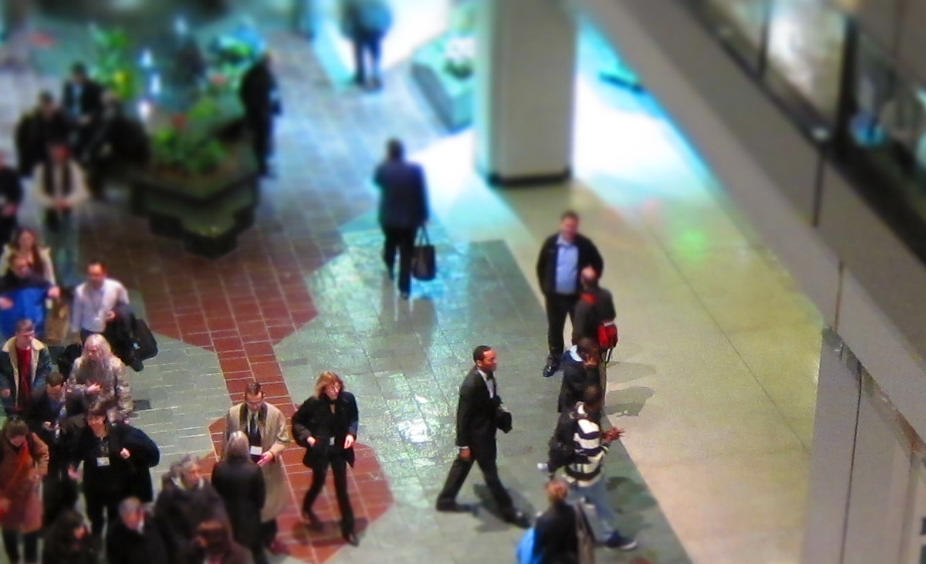To: Professor Jason W. Ellis
From: Pavel Hlinin
Date: March 3, 2021
Subject: 500-Word Summary of Article About Importance of Solar Energy Safety
Nets
This 500-word summary discusses issues related to restricted access to stable sources of energy for some categories of people. The authors convince the reader that stable sources of energy are especially important because during the pandemic this factor exacerbated the already poor living conditions of certain groups of people. First of all, the authors tell about the third world countries with a low standard of living. The role of solar energy safety nets increased recently because solar energy safety nets give a lot of social benefits and that is an efficient way to survive during the pandemic.
Developing countries are hit hard by pandemic of COVID-19; however, available solar energy safety nets give a chance for developing countries to resist pandemics and increase their level of living. People who live in rural areas (called “last mile”) sometimes do not have access to technology that depends on energy services. At the same time, access to energy is very important and helps poor people to increase their level of education and develops their capacity to prepare for market related or natural risks. Also, access to electricity provides access to education, jobs, and allows people to stay at home and decrease the spread of the virus.
However, people from the last mile very often do not have access to electricity. In general, access to energy is expensive and often requires government subsidies and material assistance. Energy assistance programs make energy available to the poorest groups of people. Expanding the grid in rural areas is a good solution for people who live far away. Their issues may be resolved by an independent solar home system which provides energy at the household level. Many countries have their own programs that allow to extend independent home solar systems, but sometimes the national political processes delay process of providing off-grid energy access.
As discussed above, COVID-19 hits poor people and increases difficulty in paying for energy services. Some countries take the following actions to stave off an energy crisis: a 50% cut in the price of solar kits, or help companies operate with renewable energy sources. At the same time, other countries have expanded their other federal pro-poor programs and adopted over 1,000 social programs, thereby reducing funding for energy programs. That was a reason for declining some solar energy service providers and even bankrupting them. Continuous government funding of energy programs is essential to expand access to energy for the last mile people and help them better cope with the impact of the COVID-19 pandemic. A well-designed SESN program makes it possible to get out of the current crisis as it gives employment opportunities for people living in this area and, with an increase in production potential, makes it possible to earn money by selling the energy produced to other people. Also, these programs open up a spectrum of affordable services for the poor, thereby smoothing out social inequalities.
Energy poverty affects millions of people in developing countries, limiting their ability to cope with pandemics such as COVID-19. The authors draw our attention to the fact that changing priorities in the country’s policy threaten programs supporting the development of solar energy programs. The main challenge for politicians is to keep long-term goals, even in a short-term crisis. That will help people not only survive pandemic, but even increase their level of living at all.
References
Zaman, R., Van Vliet, O., & Posch, A. (2021). Energy access and pandemic- resilient livelihoods: The role of solar energy safety nets. Energy Research & Social Science, 71, 101805. doi:10.1016/j.erss.2020.101805




